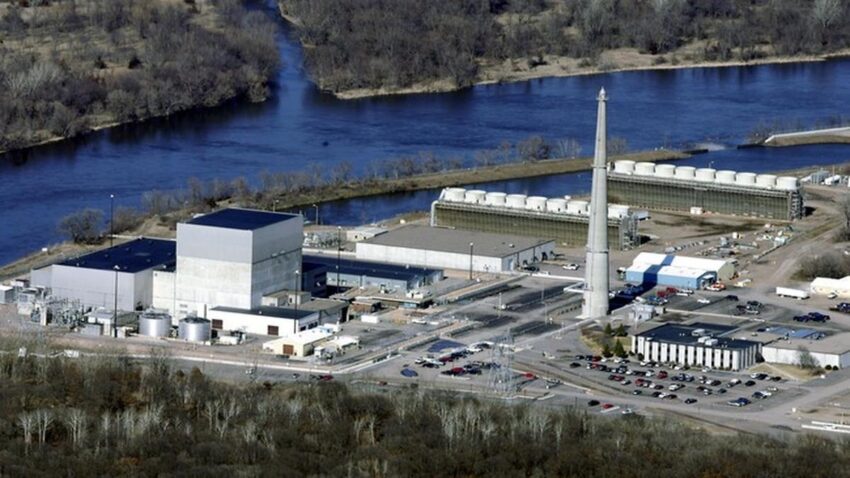Will Virginia Be the Test Bed for Grid-Scale Fusion Power?
The funding will help the companies ready the technology for testing at the DOE’s Demonstration of Microreactor Experiments (DOME)—the first microreactor testbed in the United States. DOME is currently under construction at Idaho National Laboratory’s Materials and Fuels Complex in Blackfoot, Idaho, and is expected to be completed in 2026. The companies must conduct an analysis, called detailed engineering and experiment planning (DEEP), before running fueled experiments at the testbed.
Nuclear power has to be part of our energy future. It’s one of the ways we will solve today’s energy problems. The development of these microreactors, indeed all aspects of the explosion of new technology in nuclear power generation, makes one optimistic that our energy future may be bright — if we make nuclear power a key part of it.
Now, there’s another innovation. Two companies are working with microreactors.
We solve today’s problems with tomorrow’s technology.
There is also the matter of decentralizing our grid. Decentralization makes the electrical grid a less desirable target for hostile action; it makes our grid more secure, and yes, even more efficient.
Advances in nuclear technology in recent years have been remarkable. We have seen the rise of molten-salt reactors, small modular reactors (SMR), and even the possible advent — finally, maybe — of fusion power.
These microreactor designs are perfect for outlying communities, like Nome, Kotzebue, or any number of small towns off the beaten path; communities like this are found all across the fruited plain. These new reactors are safe and reliable. They use fuel pellets designed to be safe to handle, and the reactors themselves are nearly meltdown-proof.

